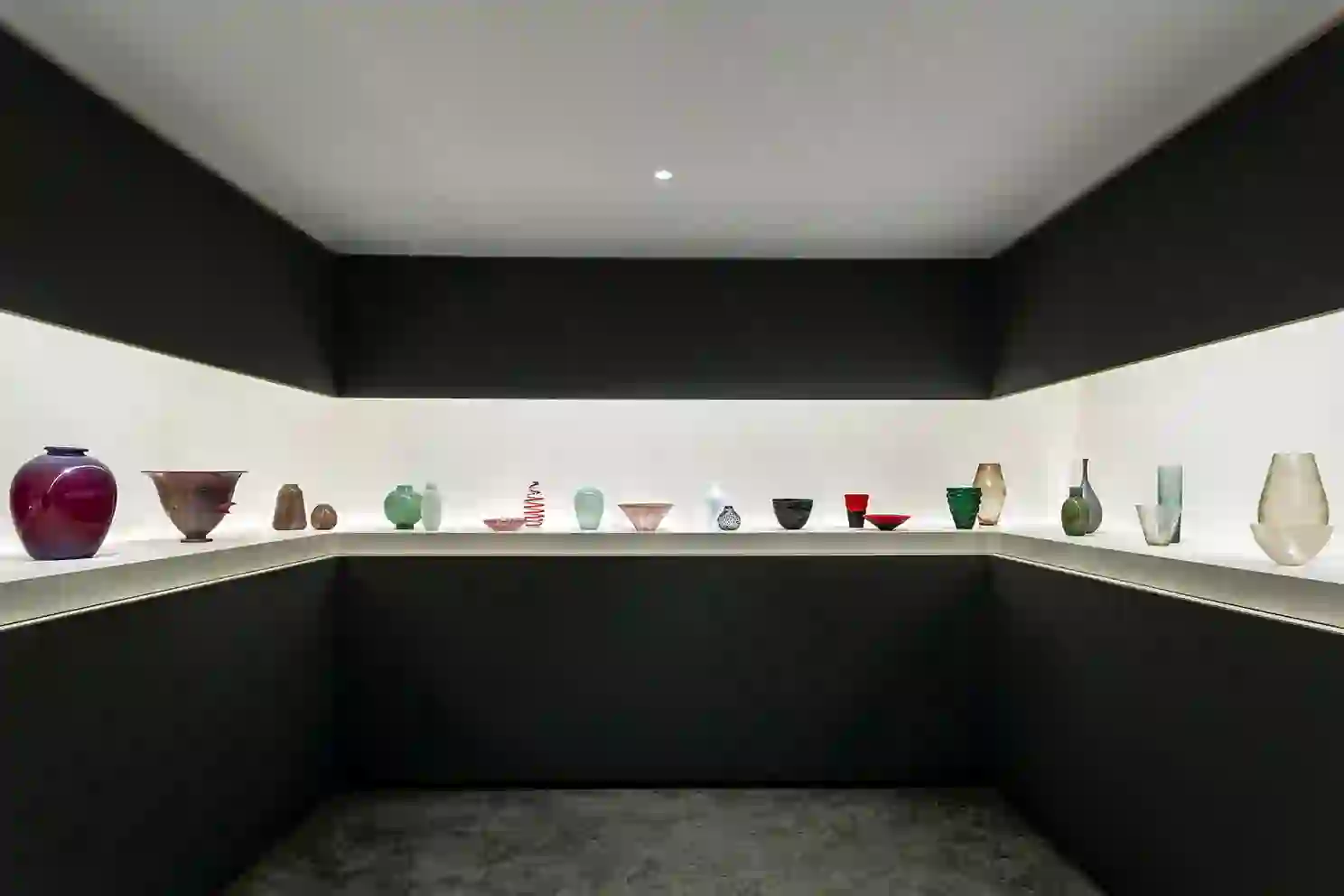On view through March 31, 2025, is Carlo Scarpa: Timeless Masterpieces, a selection of fifty-six exquisite Murano glassworks from the Olnick Spanu Collection. Curated by Marino Barovier, the exhibition reconstructs the creative journey of the renowned architect from 1926 to 1947, a period during which he collaborated with the two most prominent Murano glassmakers of the time: M.V.M. Cappellin & Co. and Venini.

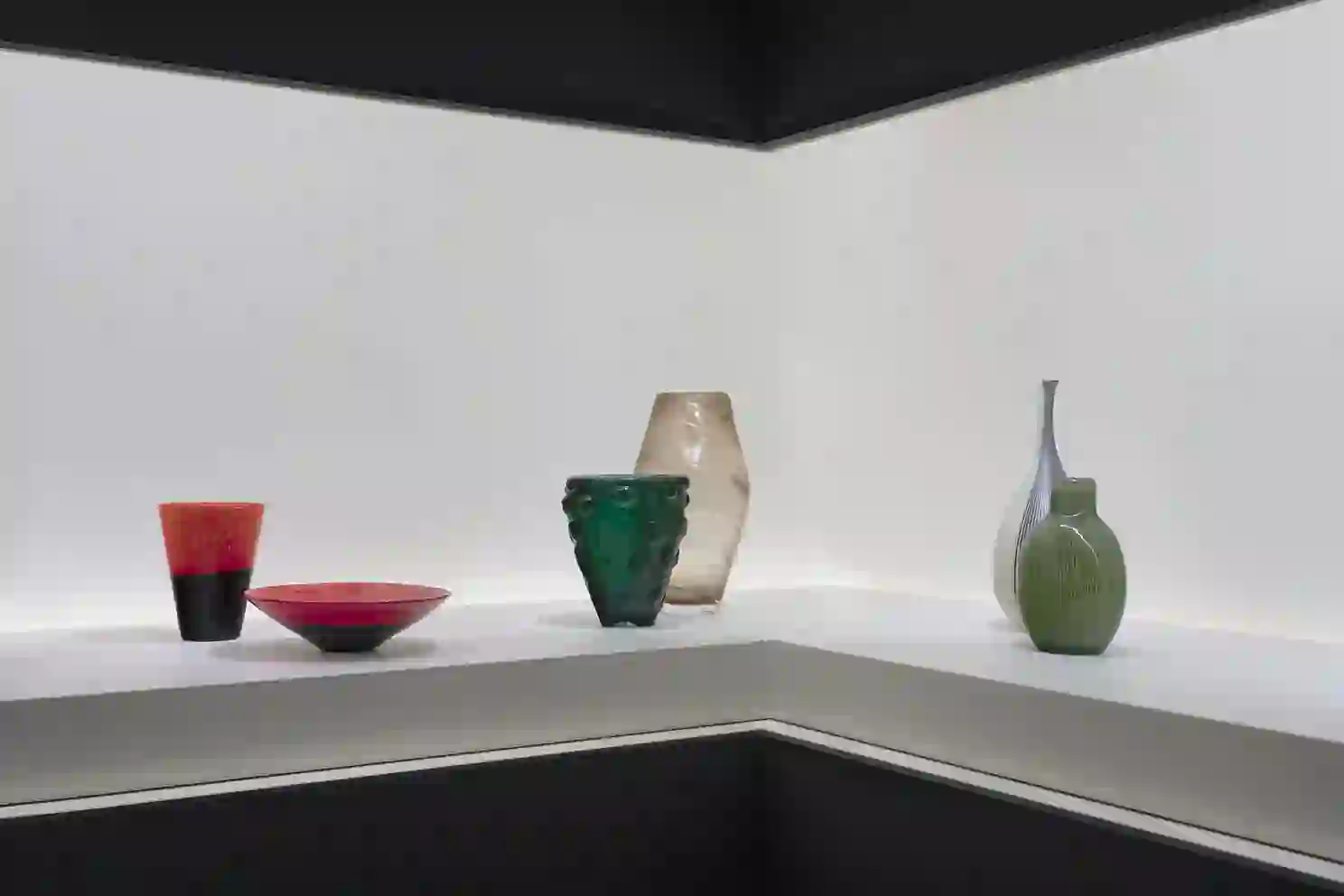
“The term ‘masterpieces’ is the most appropriate for these glass works,” Barovier says, “as they are extraordinary works in terms of design and material quality; works that have made history in the workshops where they were created and are reference points for the artistic panorama of 20th-century Murano glass.”
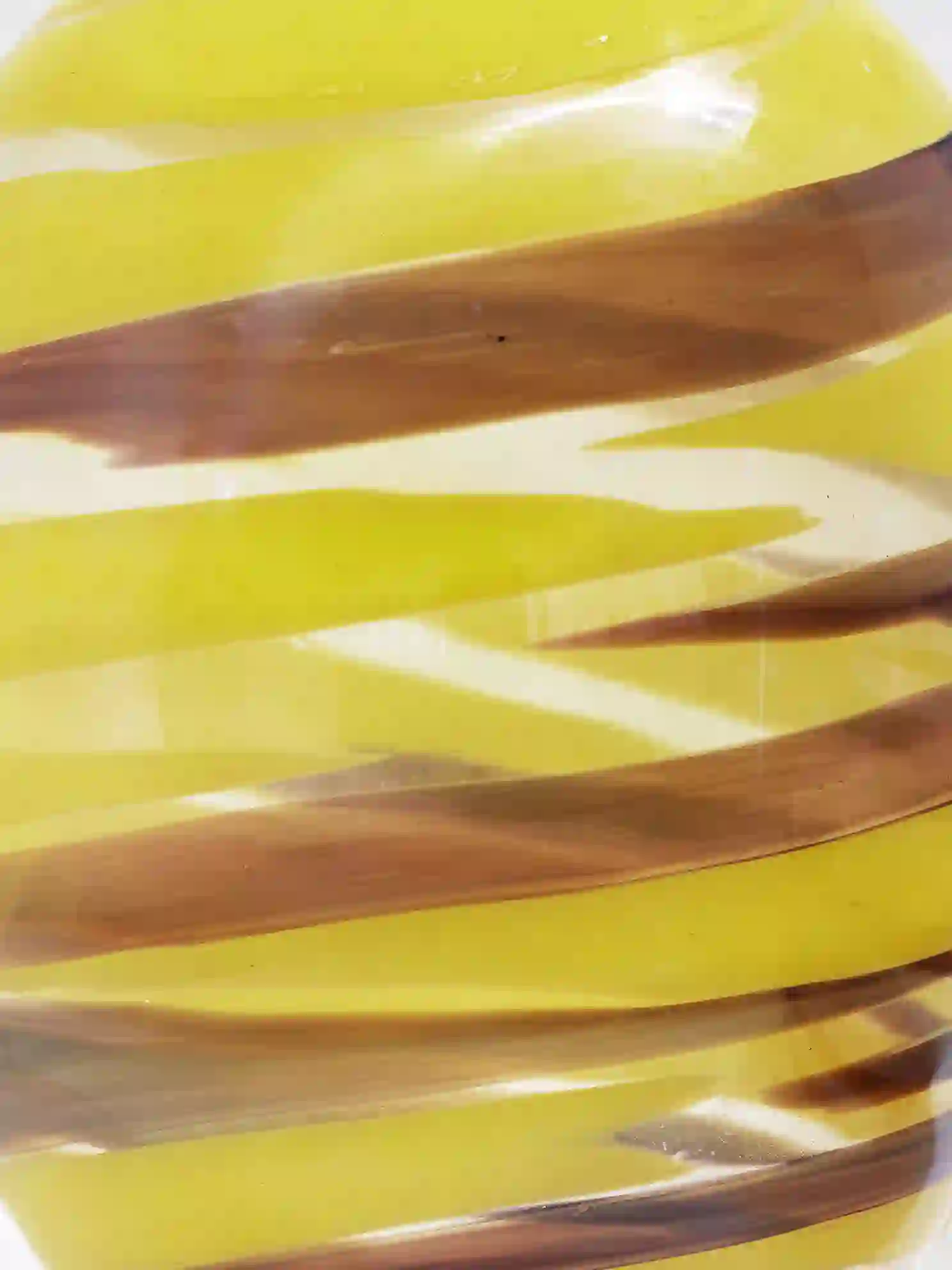
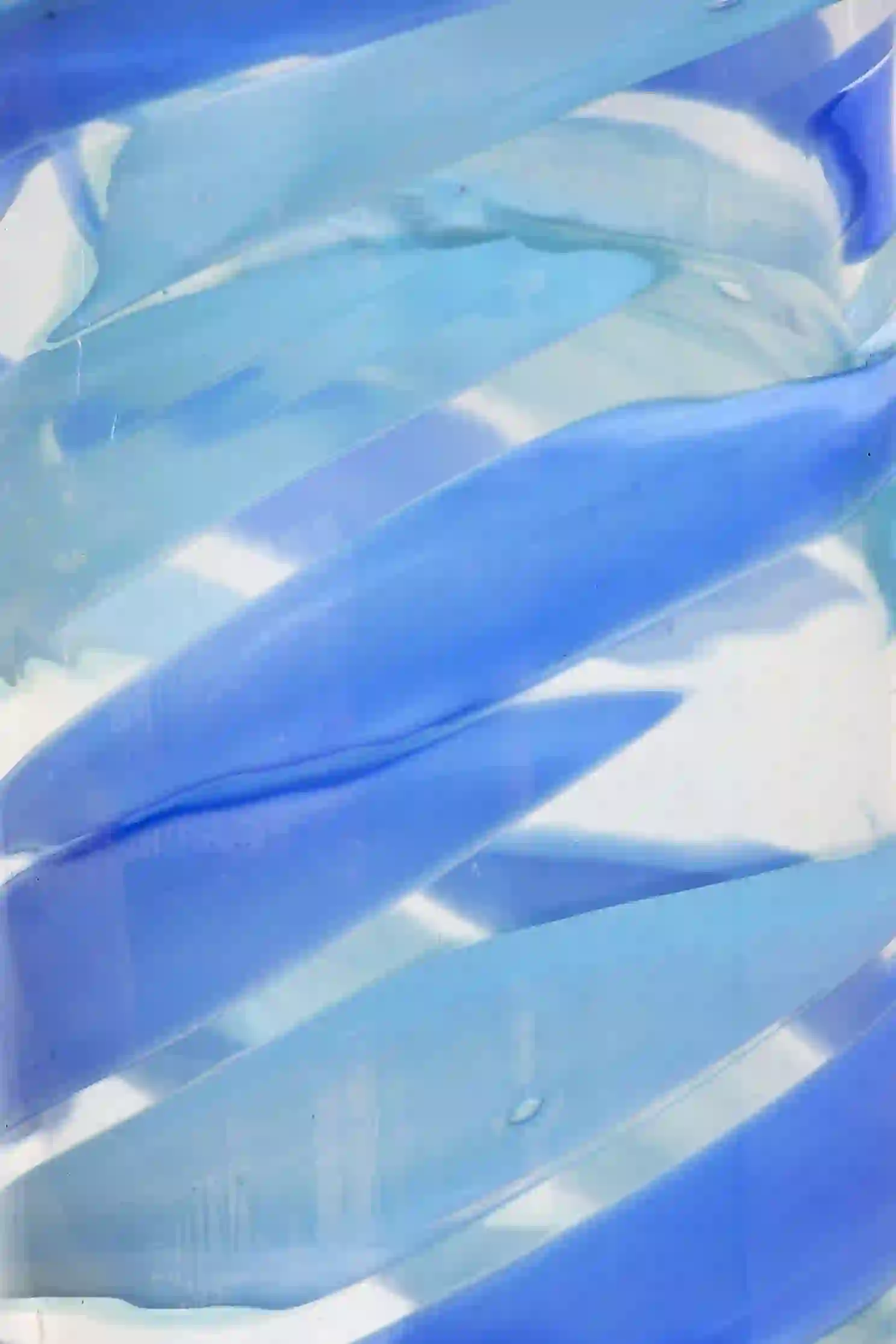
The Olnick Spanu Collection comprises five hundred and ninety-six Murano works by forty-three artists and designers, among them Vittorio Zecchin, Artisti Barovier, Napoleone Martinuzzi, Fulvio Bianconi, Massimo Vignelli, Thomas Stearns, Giorgio Vigna and Yoichi Ohira. The Olnick Spanu Collection preserves one hundred and fifty- six masterpieces by Scarpa, making it one of the world’s largest collections of his work. Among the glassworks created for M.V.M, the exhibition features the Pasta vitrea series, created between 1929 and 1930 and distinguished by their brilliant colors, material consistency, and gold-leaf application. Among the glassworks created for Venini, notable examples include a vase and cup from the Laccati neri e rossi series from 1940, whose characteristic coloring gives them the appearance of Chinese lacquer.
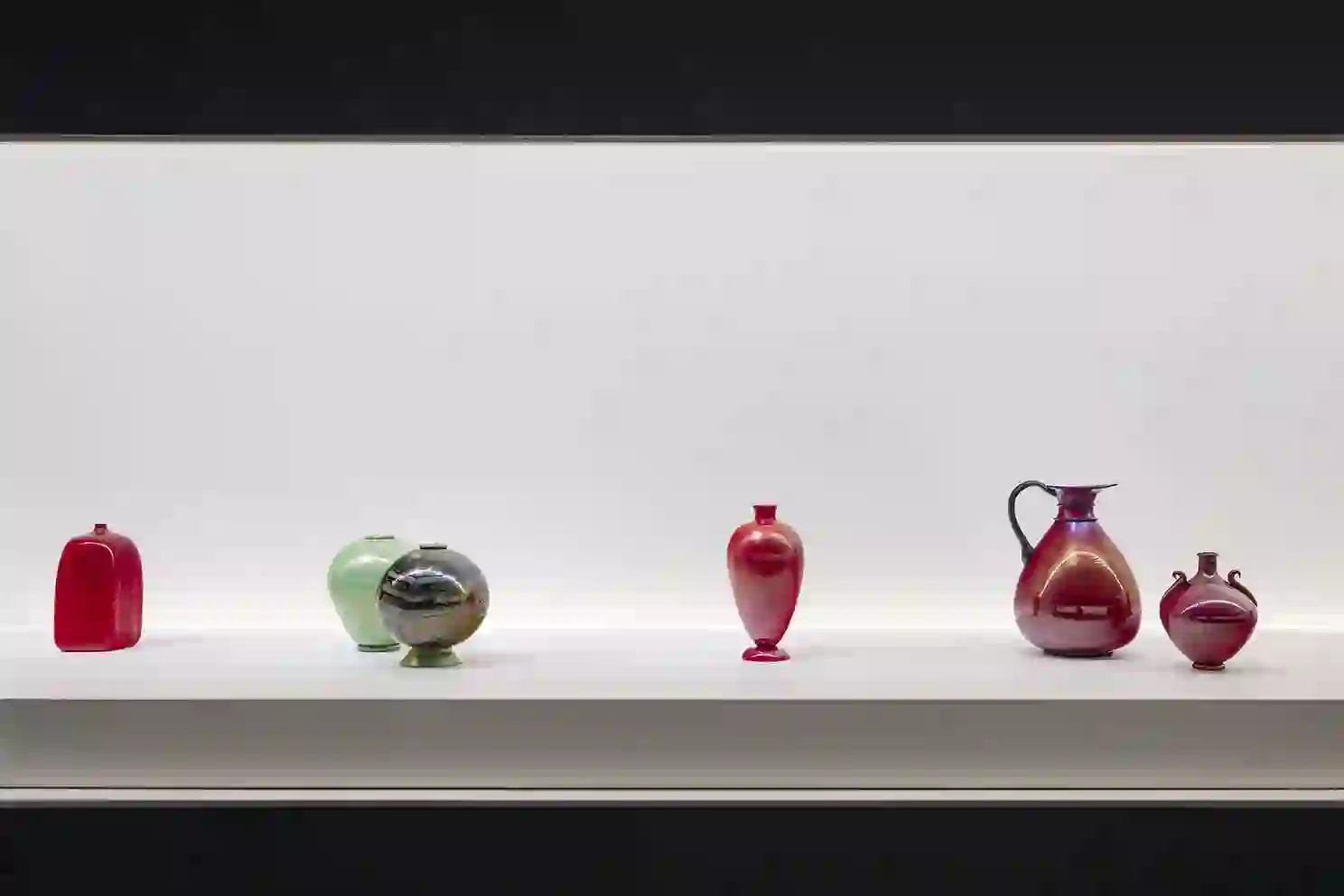
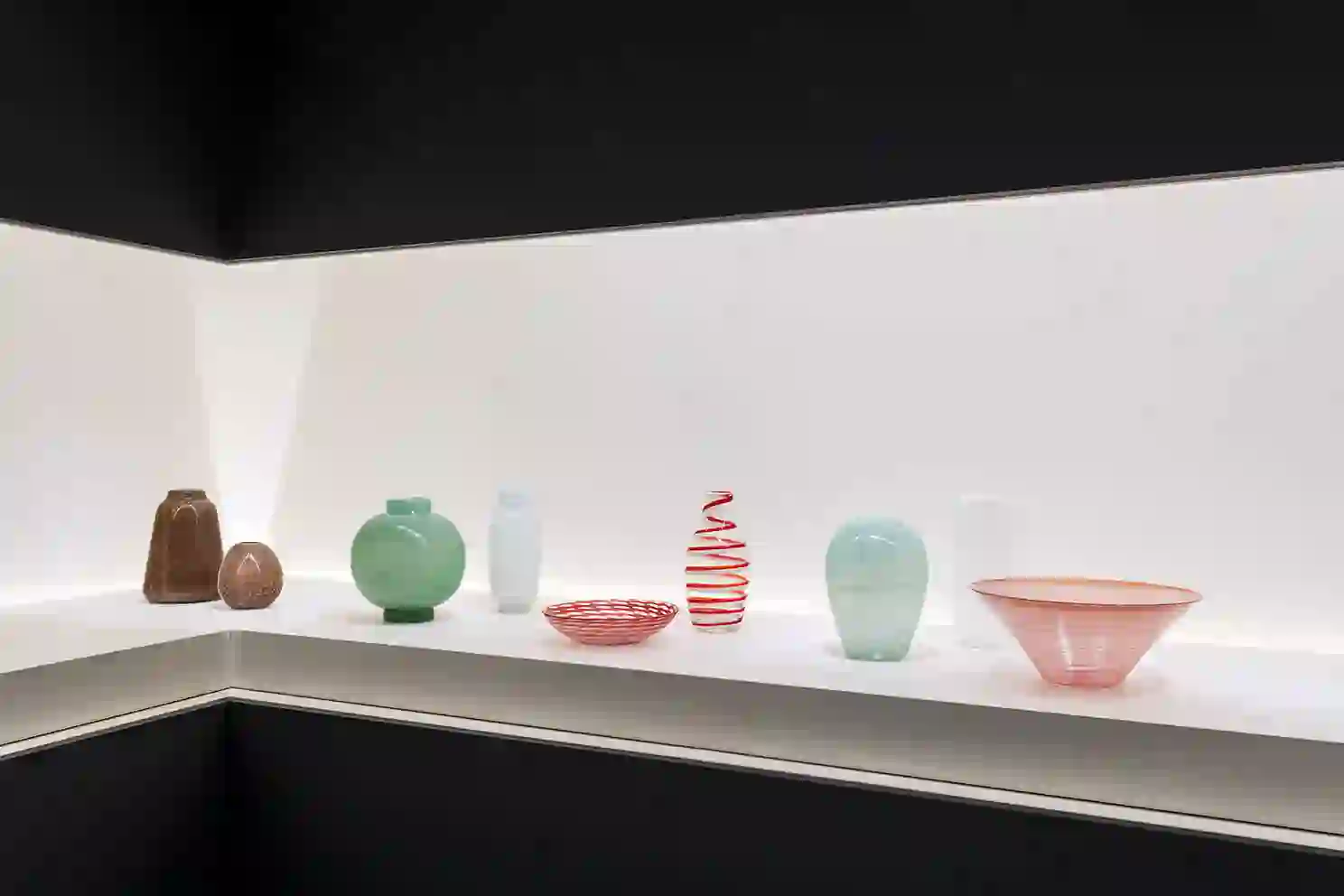
“In the furnace, Scarpa observes everything, he is curious and thirsty for knowledge, eager to manipulate the material, change its appearance, colors, and forms,” Barovier writes. “His journey takes place discreetly alongside the glass masters who have the experience, who know the tricks of an ancient craft rooted in tradition passed down from master to master. But he himself becomes a master: he engages in lengthy conversations with the artisans, especially with masters Ferdinando Toso, known as Fei, and Arturo Biasutto, known as Boboli, with whom he establishes a privileged relationship. He stimulates research and opens the way to unexpected proposals.”
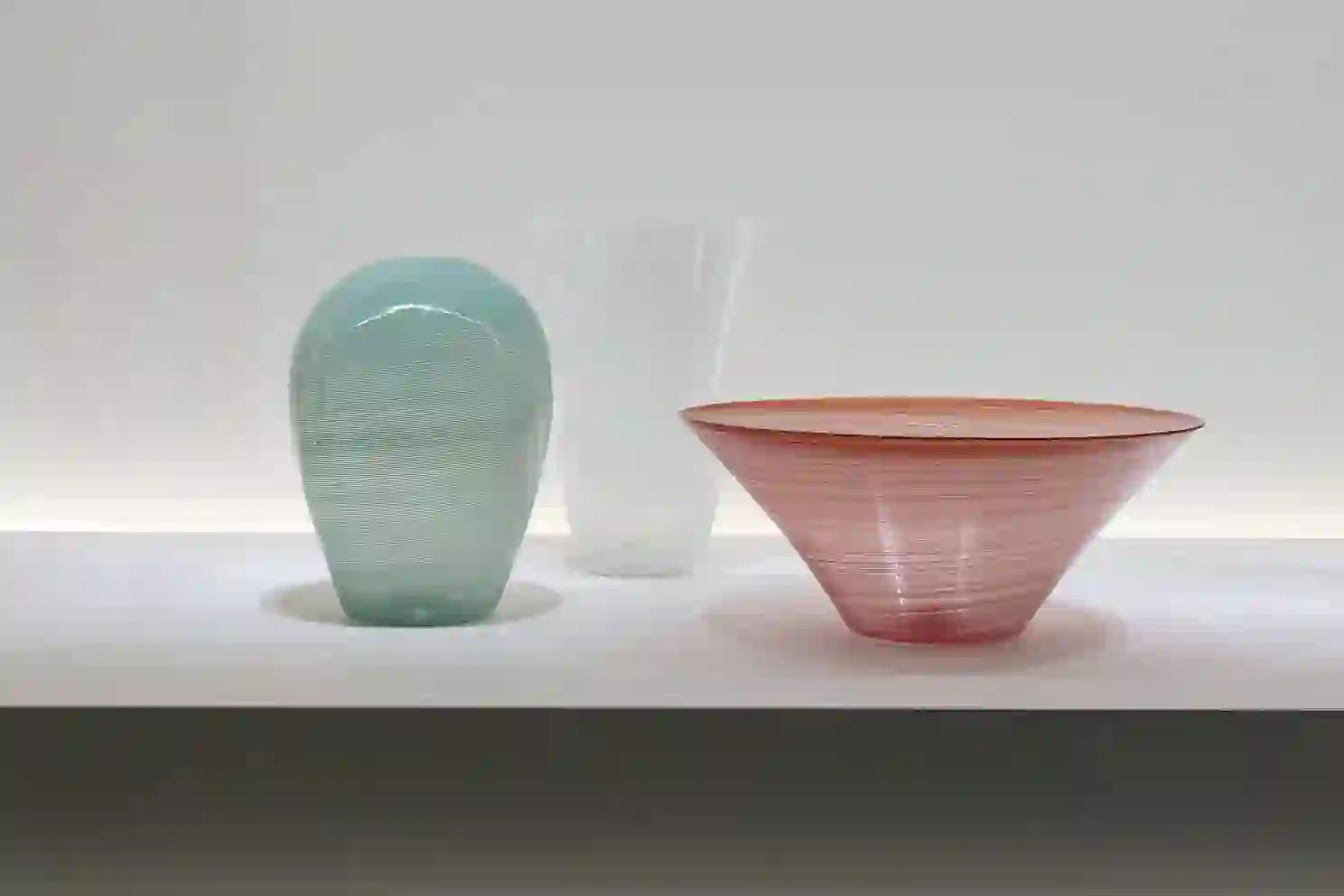
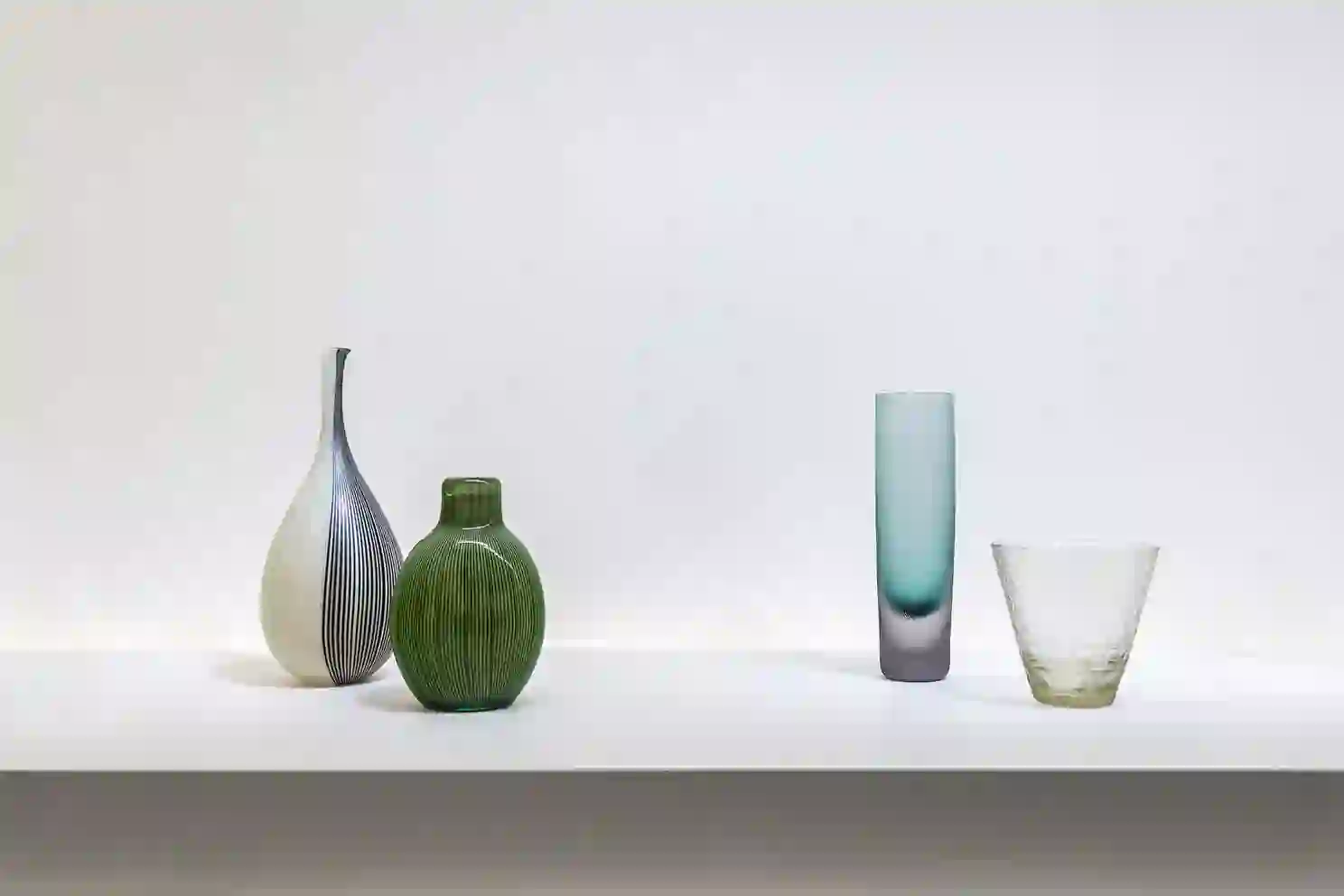
About Carlo Scarpa
Carlo Scarpa (Venice, June 2, 1906 - Sendai, Japan, November 28, 1978) attended the Architecture courses at the Academy of Fine Arts in Venice, obtaining the title of Professor of Architectural Design in 1926. Between 1925 and 1926, he worked on the construction site of Palazzo da Mula, the headquarters of M.V.M. Cappellin & Co., where he also collaborated as a glass designer from 1926 to 1931. After the company’s bankruptcy, he continued to work with glass at the Venini glass works, creating new extraordinary glass series between 1932 and 1947. From 1936 to 1937, he worked on the restoration of Ca’ Foscari, a Gothic building that serves as the main seat of the University of Venice. After World War II, Scarpa began a long collaboration with the Venice Biennale (1948- 1972), creating high-quality exhibition designs. His work, which also includes interior architecture and residential projects, particularly stands out in the fields of museography and restoration. Among his museum projects are the Galleries of the Accademia in Venice (1948-1955), Palazzo Abatellis in Palermo (1953-1954), the expansion of the Canova Gipsoteca in Possagno (1956-1957), the Castelvecchio Museum in Verona (1958-1974), and the Querini Stampalia Foundation in Venice (1961-1965). One of his most notable works is the Tomba Brion in San Vito di Altivole (1969-1978).
About Marino Barovier
Marino Barovier was born in Venice in 1945 into one of the oldest families of Murano glass masters. Since 1983, he has been involved in 20th-century Murano glass and contemporary glass. His passion has led him to deepen his knowledge on the subject, building a substantial archive rich in historical documentary material, including numerous catalogues from glass manufacturers and a vast iconographic repertoire. As an expert and connoisseur of the field, he curates major private collections of Italian and international Venetian glass from the 20th century. He actively promotes and curates exhibitions on this topic, personally contributing to the editing of catalogues for various exhibitions. Since its opening in 2012, Barovier has served as curator of exhibitions on 20th-century Venetian glass at Le Stanze del Vetro, Fondazione Cini, on the Island of San Giorgio in Venice. These exhibitions mainly focus on the history of the Venini glass works. Additionally, he has authored specific texts on the art of glassmaking.
About the Olnick Spanu Collection
The collection of Nancy Olnick and Giorgio Spanu features seminal works by American Pop artists, international and Italian postwar, conceptual, and contemporary artists, with a strong focus on art from the Arte Povera movement. It also includes a large, curated collection of over 500 hand-blown Murano glass works from the 20th and 21st century. Though Nancy Olnick and Giorgio Spanu began collecting Murano glass and Italian art right after they met, in the late 1980s, they both already had an established, independent passion for art. For Olnick and Spanu, collecting Murano glass was the turning point for the collection, which then opened the way to ceramics, jewelry, design, and Italian art from the second part of the 20th century as well as Italian contemporary art. Prior to their creation of Magazzino Italian Art Foundation in 2017, Nancy Olnick and Giorgio Spanu established The Olnick Spanu Art Program, to bring the work of Italian contemporary artists to the United States. From 2003 through 2015, they annually commissioned a contemporary Italian artist to create a site-specific artwork for their property in Garrison, New York. Previous participants of the program include: Giorgio Vigna, Massimo Bartolini, Mario Airò, Domenico Bianchi, Remo Salvadori, Stefano Arienti, Bruna Esposito, Marco Bagnoli, Francesco Arena and Paolo Canevari.
